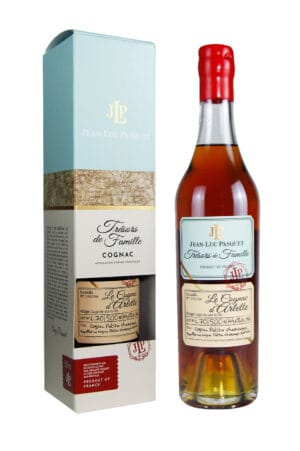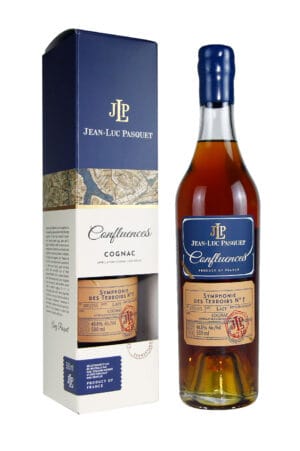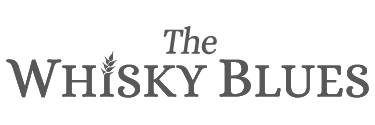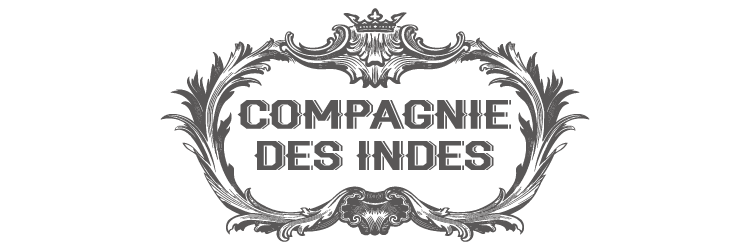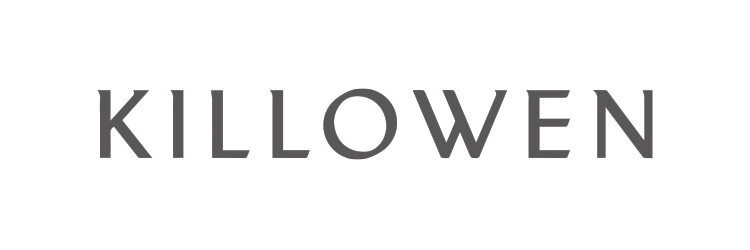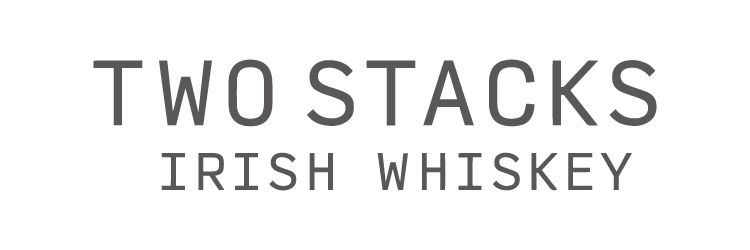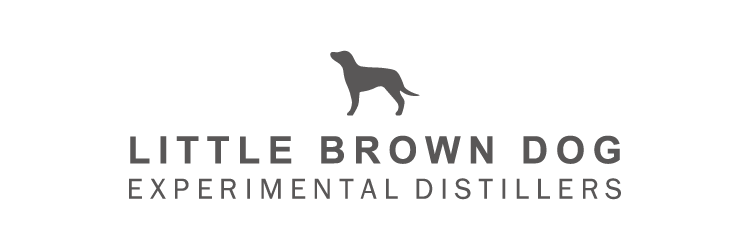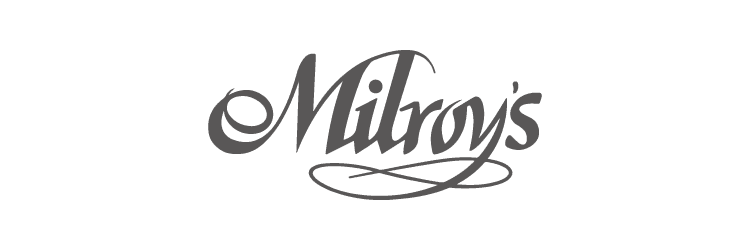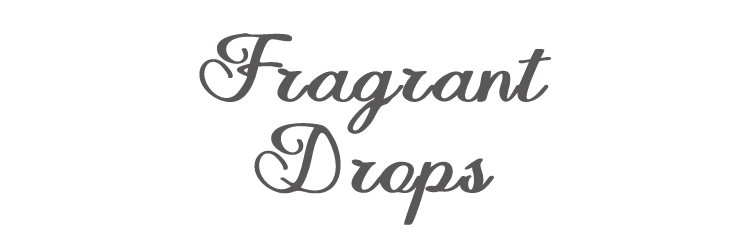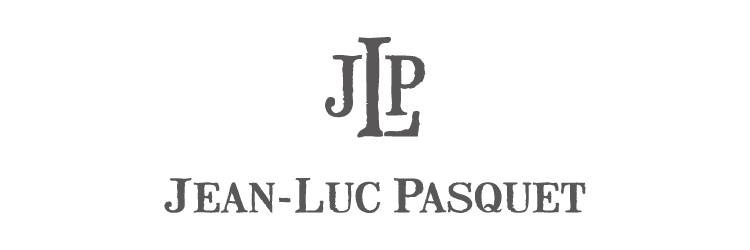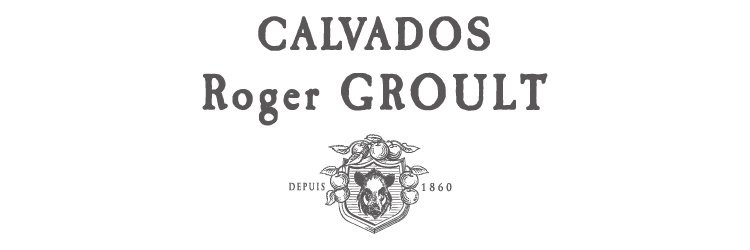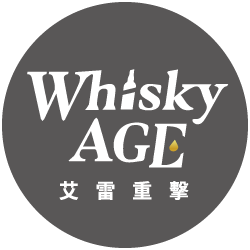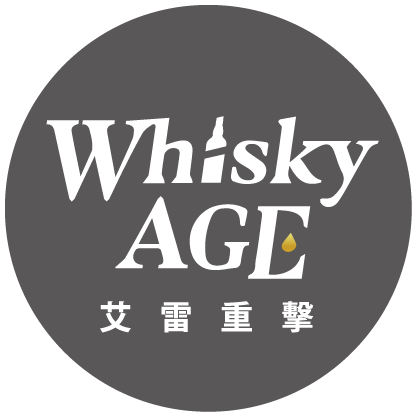
Jean-Luc Pasquet
- • A rare grower-distiller cognac—a family estate bottling its own terroir
- • An early pioneer of organic viticulture
- • A philosophy spanning cultivation, distillation, maturation, and bottling
|A Concentrated Cognac Market
More than 90% of eaux-de-vie from the region is sold to the “Big Four” houses—Hennessy, Martell, Rémy Martin, and Courvoisier—shaping the world’s standard image of Cognac.
|Two Ends of the Spectrum: Big Brands vs. Independent Bottlers
Large houses pursue consistency and blended style; independents often champion single expressions that preserve the character of their terroir.
|The Unique Value of Grower/Distiller Cognac
Grower-distillers cultivate their own vines, distill, age, and bottle independently—covering the full scope of “Vine to Bottle.” Although the grower/distiller Cognac only represents less than 10% of total Cognac production, they offer drinkers the true experience of heritage and terroir.
|Brand Origin
In 1977, Jean-Luc Pasquet chose to stop selling his eaux-de-vie to large houses. They decided to distill, age, and bottle under his own name instead.
|A Pioneer of Organic Viticulture
By 1995 the estate fully converted to organic farming, releasing its first certified organic vintage in 1998—making it one of the earliest in the region to obtain recognition.
|The Next Generation and Global Outlook
Today, Jean and his American wife Amy carry the family torch with fresh perspectives, expanding into international markets while remaining steadfast to organic cultivation and adapting to climate change.
|Philosophy of Craft: From Vineyard to Bottle
Across 15 hectares of organically farmed vines, grapes are hand-harvested in the cool mornings of September and October. Pressed pneumatically, fermentation is initiated by traditional pied de cuve. Double distillation in Charentais copper stills preserves aroma and nuance. Ageing extends at least four years, in a range of oak casks (with 30% new oak). The natural humidity of clay-floor cellars shapes the spirit. Eschewing generic designations like VSOP or XO, the house instead bottles by vintage and age—underscoring transparency and individuality.
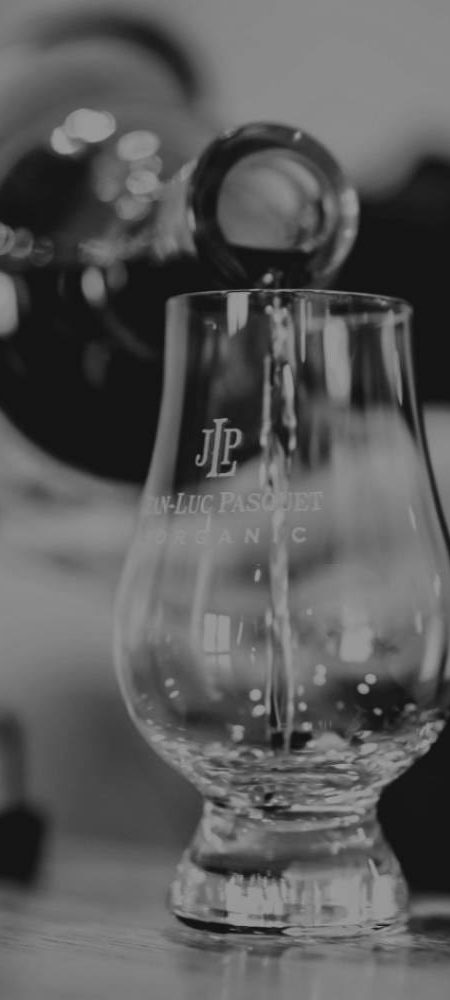
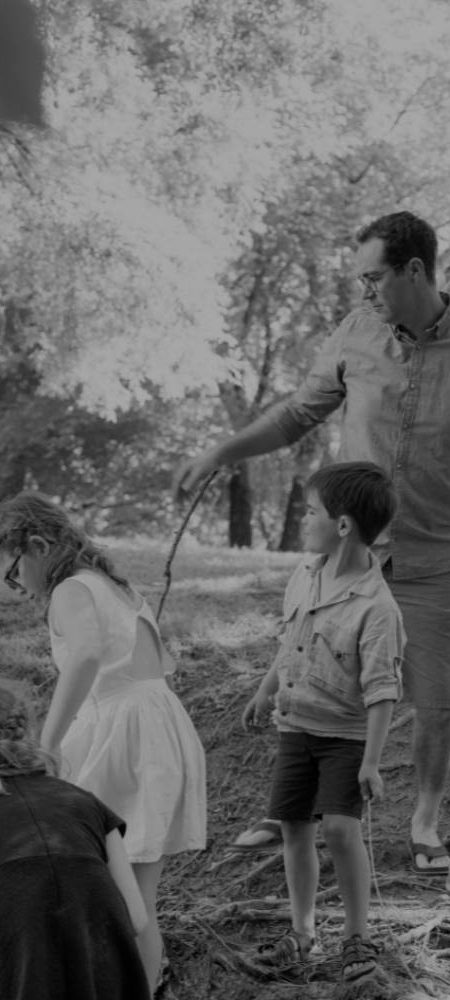
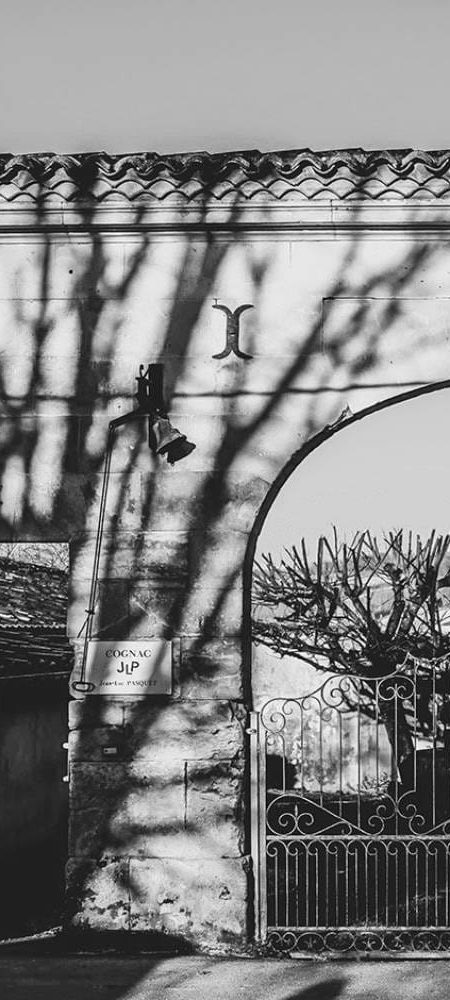
Jean-Luc Pasquet|Detailed Introduction
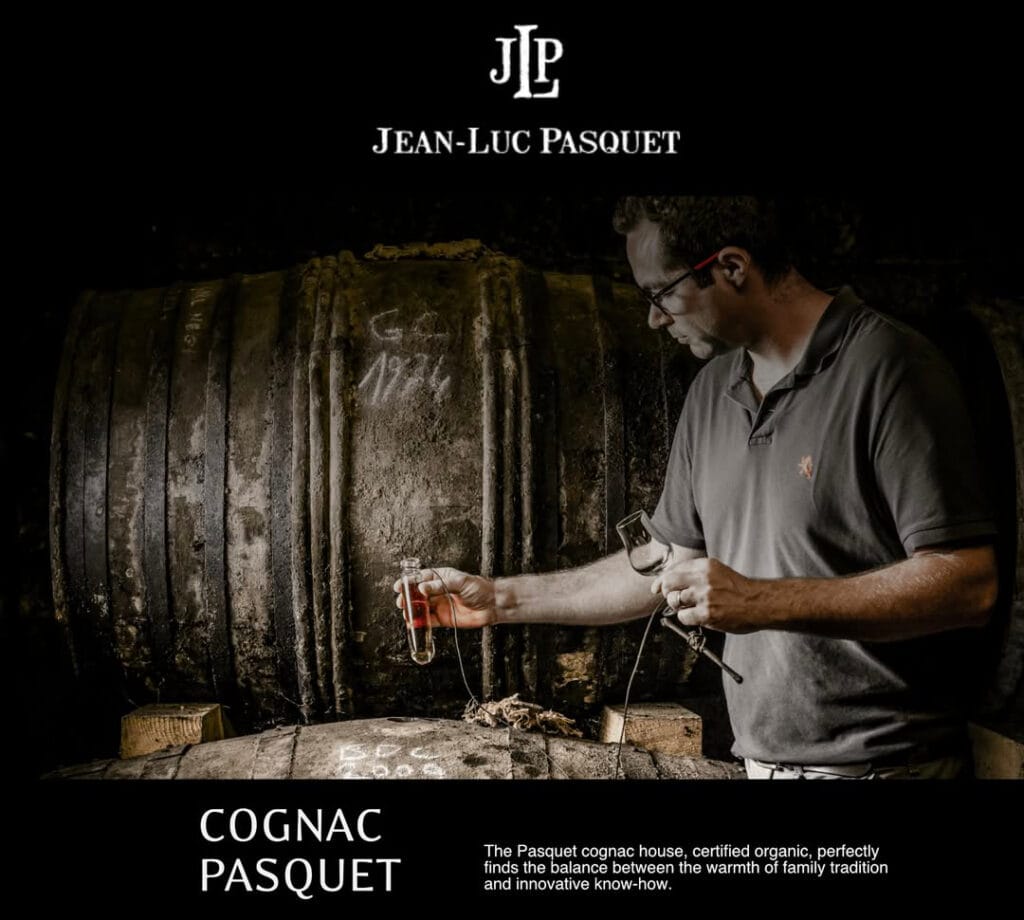
1. Market Positioning: Rare "Grower Cognac"
In the world of Cognac, ninety percent of the flavor is concentrated in a few names.
The entire Cognac region has over 4,500 grape growers, distilling countless precious eaux-de-vie each year. However, over ninety percent eventually flow to four globally renowned big brands: Hennessy, Martell, Rémy Martin, and Courvoisier. Through their vast inventories and superb blending craftsmanship, they define the "standard flavor" of Cognac for the global market and shape the collective memory of the public.
From another angle, for whisky connoisseurs, the Cognacs they have had more opportunities to encounter in recent years often come from the other end of the spectrum: single cask Cognacs released by independent bottlers (IBs). These spirits have diverse flavors, are unblended, and are closer to the original terroir.
However, between these two extremes—global brands and independent bottlers—lies Cognac's most captivating landscape: a group of independent producers known as "Grower/Distiller Cognac." They safeguard their small plots, personally overseeing every step from grape cultivation and harvesting in their own vineyards to distillation, and finally, blending and bottling. These independent Cognac brands, which control the entire process "from grape to bottle," account for less than 10% of the region's total production. The Cognac they made concentrates not only terroir but family heritage.
Jean-Luc Pasquet represents a brand that upholds this tradition, bottling family terroir. As they state: "The organically certified Jean-Luc Pasquet Cognac estate has found the perfect balance between the warmth of family tradition and innovative craftsmanship." In fact, among seasoned connoisseurs, Jean-Luc Pasquet represents exceptional quality.
Indeed, many of us have heard Jean-Luc Pasquet before. Our IB friends, such as Maltbarn, have bottled a JLP Lot 71 (Whiskyfun 92 points) and a Lot 70 (Whiskyfun 90 points); Wu Dram Clan bottled a Lot 62 (Whiskyfun 90 points); and Malternative bottled Lot 67 (Whiskyfun 90 points). Their Cognac bottling all received outstanding results.
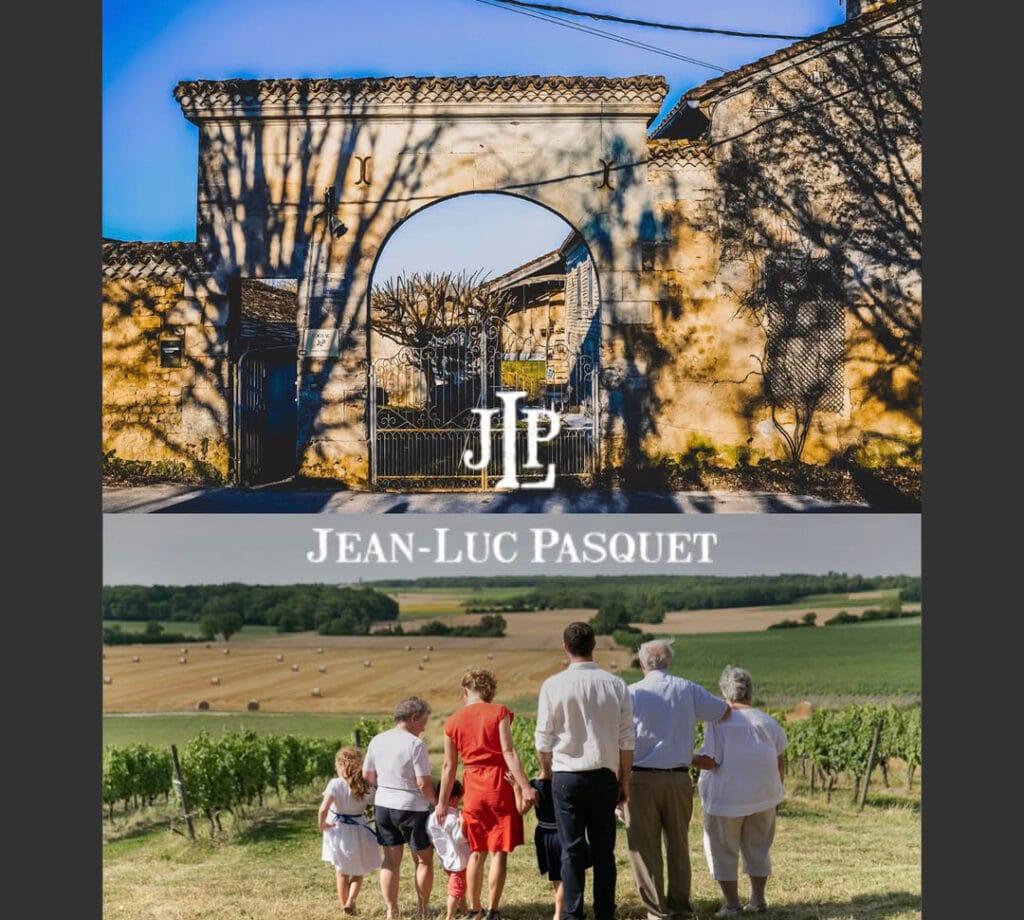
2. Brand Story: Three Hundred Years of Heritage and Organic Pioneer
The Pasquet family's vineyards are located in Chez Ferchaud in the Grande Champagne region, with the earliest planting records dating back to 1715, boasting over three hundred years of history. It has been passed down through generations to this day.
In 1970, Jean-Luc and his wife Marie-Françoise took over the family vineyards. In a Cognac market dominated by large brands, the safest way for small-scale growers to survive was to sell their distilled eaux-de-vie to large companies.
However, Jean-Luc was unwilling to let the terroir of his own vineyards disappear under big brands’ domination. In 1977, he decided to distill, age, and bottle himself, using Jean-Luc Pasquet as the label. Since then, Jean-Luc Pasquet had been recognized as a brand, not only a producer.
However, the path has been full of challenges. For decades, chemical fertilizers and pesticides, once hailed as agricultural saviors, brought convenience but also deepened Jean-Luc's doubts. On a summer day in 1993, Jean-Luc looked at his young but frail vineyard, he couldn't help but questioned, "Am I doing this right?"
By chance, he encountered organic farming; his long-standing doubts finally found an answer right after the 2nd meeting. He told his wife Marie-Françoise, "What the organic farming consultant said might not be 100% correct, but I know I was 100% wrong in the past."
In 1994, he began experimenting with organic farming; a year later, he officially declared its full adoption. In 1998, the first organic Cognac vintage was born!
This was an era when organic awareness had not yet risen, and conventional farming, which pursued efficiency and output, was the norm. Jean-Luc became one of the very few producers in the region to obtain organic certification. This was not to increase selling points or follow trends, as it required higher costs and more labor. But Jean-Luc believed that organic farming was the right path to protect the land and his descendants.
Jean-Luc's pioneering spirit laid a solid foundation for the brand, and this belief is passed down to the second generation. His son, Jean, returned to the family business, bringing new market concepts; Jean's wife, Amy, from the United States, opened up an international perspective for JLP's story.
The second generation continues organic farming, and in the 21st century, they still need to continuously adjust grape cultivation methods to adapt to climate and social challenges nowadays. "Our generation, and the generations to come," says Jean, "...have a responsibility to ensure that this excellent spirit, Cognac, continues to bring the highest enjoyment to everyone."
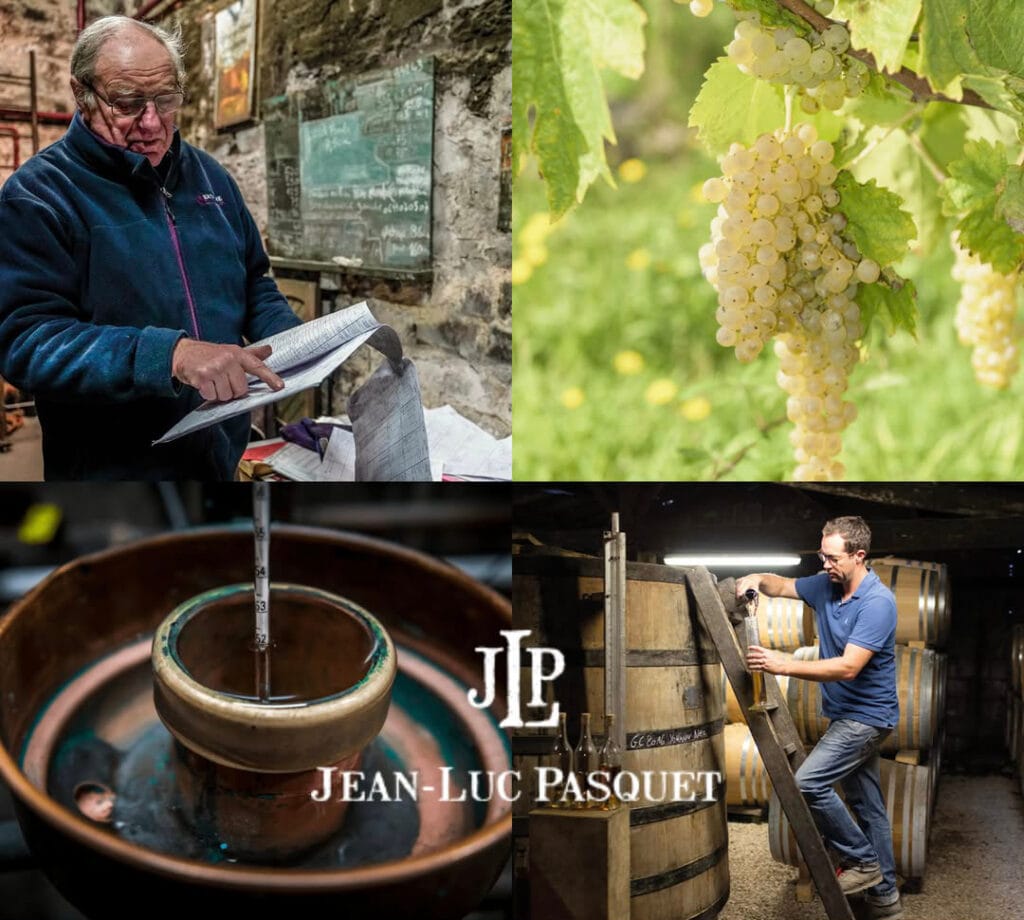
3. Craftsmanship Explained: From Terroir to Bottle
Jean-Luc once said: "We never claim to have the best terroir, but we do our utmost to showcase the 'best' side of the terroir we have."
🁢 Viticulture: Living in Harmony with the Land
JLP's 15-hectare vineyard, located at the border of Grande and Petite Champagne, has been fully organic since 1995. Vibrant soil is key to expressing the unique characteristics of the terroir. They have not been using any synthetic chemical products but instead nourish the land naturally through local green manure, compost, and plant infusions. With this respect for the terroir, they cultivate high-quality grapes rich in pure flavor.
🁢 Spiritmaking: Pursuing Future Flavor Balance
The harvest season is between September and October, when the grapes reach their optimal ripeness, and the sugar concentration and acidity achieve a perfect balance for Cognac production. To produce a rich and aromatic eau-de-vie, the key is not to harvest overripe grapes, as overripeness can lead to high alcohol content (>11%) and insufficient acidity, which in turn affects the final flavor balance of the Cognac. Harvesting is best done in the early morning to maintain freshness. Upon returning to the winery, the grapes are immediately gently crushed in a pneumatic press, and natural fermentation is initiated in fermentation tanks using the traditional "pied de cuve" method.
🁢 Distillation: A Dialogue Between Man and Technology
JLP uses traditional Charentais copper pot stills for double distillation. The still retired in 1988 was a 500L coal-heated still; the one currently in service was installed by Jean-Luc in 1989, with a capacity of 2000L and gas-fired. During the first distillation, the wine and lees, which add complexity, are traditionally placed in the still together to release more aromatic flavors, yielding a brouillis of 27%–33% ABV; the second distillation only takes the heart, the most essential part, which will become the eau-de-vie for Cognac.
🁢 Aging: The Alchemy of Time and Casks
The eau-de-vie is filled into casks directly at 71% ABV after distillation. Regulations require a minimum of 2 years of aging in oak barrels to be called "Cognac," while at JLP, it is aged for at least 4 years before bottling. Oak barrels from different forest regions and with varying degrees of toasting are selected based on the intended aging time. 30% of the new spirit goes into new barrels, while the rest of the annual production goes into barrels that have only been used for one or two vintages. The eau-de-vie does not stay in new barrels for more than one year to avoid excessive wood influence.
The cellar is also a factor in shaping Cognac's character. JLP's cellar still retains its ancient dirt floor, which allows the natural humidity of the earth to permeate, and the cellar's humidity itself influences the flavor characteristics of the Cognac.
At JLP, every bottle of Cognac is a collaborative work of land, time, and people. From organic cultivation to hand-bottling, every step demonstrates the Pasquet family's respect for terroir and their unwavering commitment. Their product line does not follow traditional classifications like XO or VSOP but instead directly indicates age or vintage, which is more aligned with the label-reading habits of spirits connoisseurs.
All items of Jean-Luc Pasquet
Showing all 2 resultsSorted by latest
Jean-Luc Pasquet Symphonie des Terroirs N°2 L.40Y 48.8%
List Price: NT$ 5,000


